The little girl who conquered the big screen
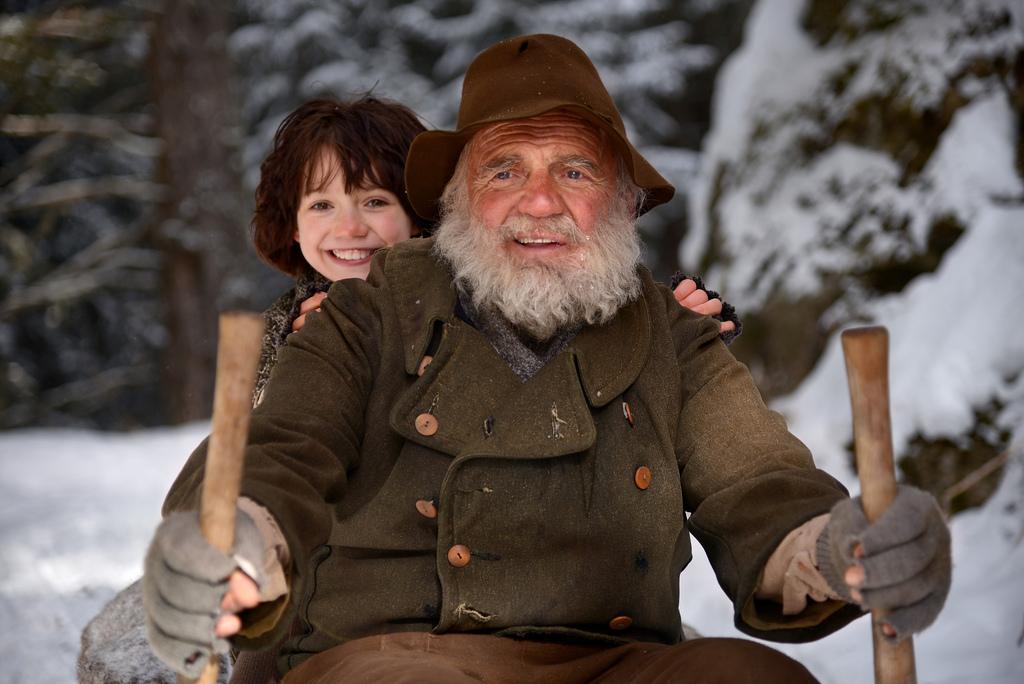
Heidi, that supernaturally joyful and optimistic Swiss icon, is back where she belongs: in cinemas. But after dozens of adaptations, from silent black-and-whites to manga, does the world really need another one? (Warning: spoilers ahead.)
“Well, the last big cinematic version that was internationally successful was back in the 1950s – two generations ago,” the film’s director Alain Gsponer told swissinfo.ch. “And the material is so universally rich that you could say that each generation needs its own Heidi!”
This isn’t Gsponer’s first dealings with Heidi, the unwanted orphan who is deposited with her misanthropic grandfather up a Graubünden mountain and is then sent to Frankfurt as a playmate for privileged but wheelchair-bound Klara before returning homesick to her grandfather and Peter the goatherd. Klara then joins her and starts walking again after breathing in the restorative Swiss mountain air. (This is possibly not a film for parents with young children in wheelchairs…).
As a student, the 39-year-old director had made a short animation on Johanna Spyri’s heroine. “I was mocking the image of Switzerland, which really sold itself using Heidi and this cosy, ideal world. It was a satire. In reality the novels [the story of Heidi was originally published in two parts] told something else. They are much more a social drama which makes an issue of the existential problems of Switzerland at the time,” he said.
“It was important for us to show with this film that people in Switzerland suffered from hunger and others, such as the Grandfather, were ostracised. People led very raw and taciturn lives – it wasn’t just this cosy world.”
Heidi, written by Johanna Spyri and published in 1880, is by far the most popular work of Swiss literature. More than 50 million copies of Heidi – originally published in two parts – have been sold worldwide.
Heidi has been translated from German into 50 languages and filmed more than a dozen times, including a version starring Shirley Temple in 1937.
The latest film, directed by Alain Gsponer and starring Anuk Steffen and Bruno Ganz, will be released in German-speaking Switzerland on December 10. An international release is planned, but there are no confirmed dates.
Natural star
So this generation is getting an authentic, relatively unromanticised reading of Spyri’s novel. The excellent cast in the German-Swiss co-production is headed by Swiss star Bruno Ganz, suitably cantankerous (at least at first) as Grandfather, and nine-year-old newcomer Anuk Steffen as Heidi, whose endearing grin helped her beat off 500 rivals for the role.
“The requirement was that she came from the region and spoke this Swiss-German dialect,” Gsponer said. “The choice wasn’t that big!” As it turns out, all the Swiss-German dialogue will be dubbed into High German for audiences in Germany and Austria.
“But at the first casting I found [Steffen] exciting because she had these lively eyes and acted very intelligently. I was looking for someone with energy but who at the same time was fragile and in whose eyes you could see what they had gone through.”
Arguably the main star, however, is the landscape. The mountain scenes were filmed in and around the hyper-cinegenic village of LatschExternal link, in the eastern canton of Graubünden, which was also where the 1952 film was filmed.
Early scene-setting shots linger on the glorious meadows, valleys and peaks – almost excessively – and it is not surprising that canton Graubünden chipped in CHF150,000 ($145,000) to the film’s CHF8.5 million budget (the Swiss Broadcasting Corporation, swissinfo.ch’s parent company, was also a backer).
“Heidi has helped tourism in Switzerland a great deal. Heidi and her story have become a symbol for how people all over the world see Switzerland. Heidi evokes beautiful mountains and alpine landscapes, a life free of urban worries,” Véronique Kanel from Switzerland Tourism told swissinfo.ch.
“The most interesting impact of Heidi’s story on tourism is the Japanese cartoon movie from 1974External link by Hayao Miyazaki, which has enticed generations of Japanese tourists to Switzerland to see the real land of Heidi. The cartoon was shown on television around the world and reached cult status in other countries as well, such as Italy.”
Tourism boost
Hans-Jörg Müntener, who heads the tourist office representing the Heidi Village in Maienfeld, where Spyri’s novels were set, says the more than 100,000 visitors a year generate added value for the region of CHF5 million.
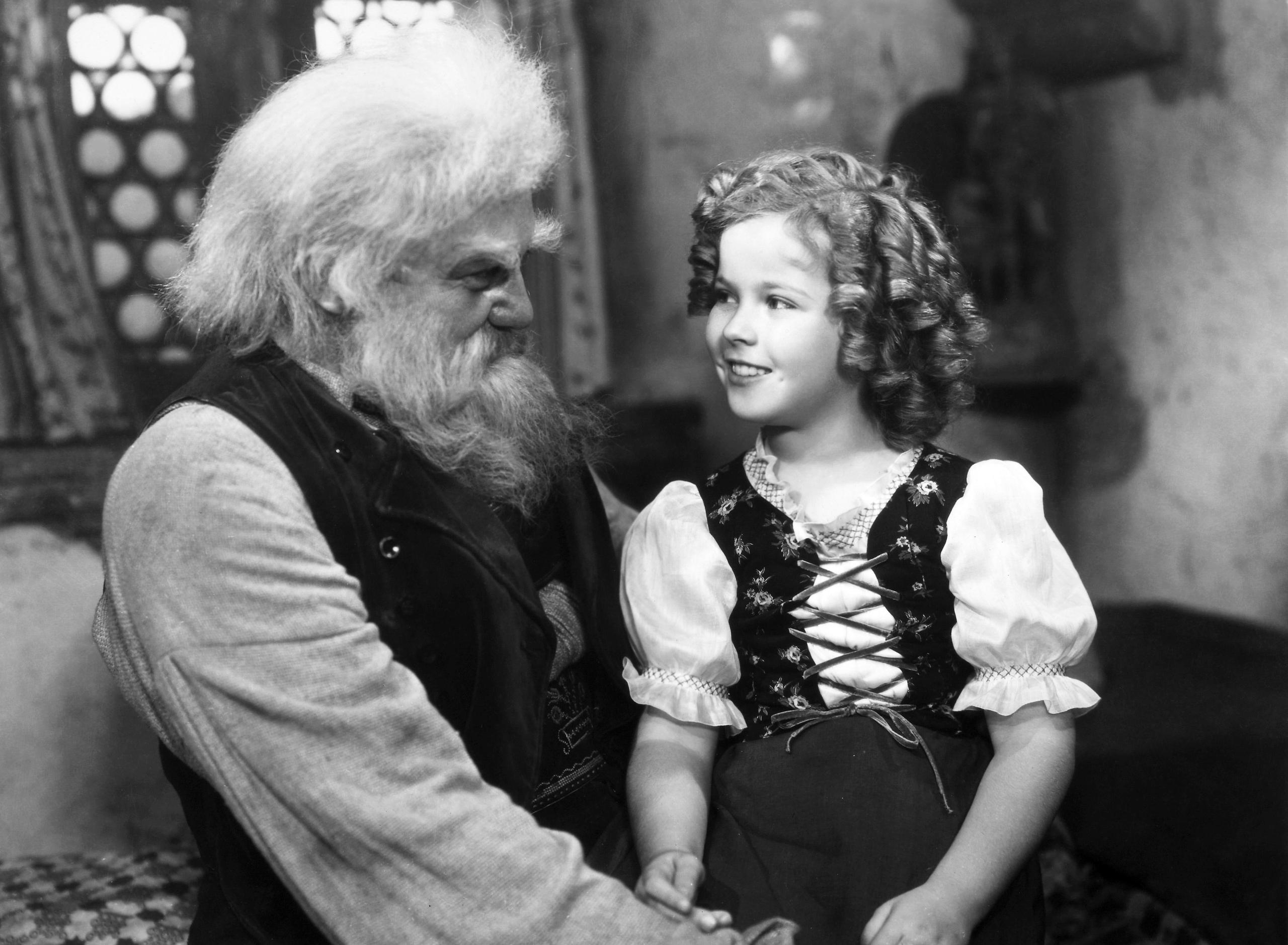
More
The changing faces of a timeless Swiss icon
Of these, he says around half come from Asia and for the past three years many have been coming from the Gulf states. “These people spend CHF350-500 a day, whereas Germans and Swiss spend only CHF50-80.”
Despite these financial benefits, there is resistance to infrastructure developments, for example construction of a “Grandfather’s Hut”. “The office for land planning is against it,” he says.
But can’t stereotypes also cause problems – for example for people trying to push a modern and cosmopolitan image of Switzerland?
“Switzerland Tourism promotes all aspects of Switzerland – mountains and nature but also the urban and modern Switzerland,” Kanel said. “Heidi may be a stereotype, but tourism all over the world needs strong symbols to make people dream about discovering a specific region or country.”
Stereotypes
For Paul Ruschetti, a sociologist at the Institute of Tourism and Freetime at the University of Applied Sciences in Chur, “a nation’s image consists to a large extent of stereotypes whose central features hardly change”.
“According to the Swissness Worldwide studyExternal link by the University of St Gallen, in recent years Switzerland’s image around the world compared with how it is perceived at home has not got worse, but remains high – and has even improved a bit,” he told swissinfo.ch.
“In particular, Switzerland is perceived as a country with a lot of nature and beautiful countryside, a high quality of life in addition to being reliable and trustworthy. Surveys of visitors to Switzerland have revealed for years that nature and countryside are clearly the most important reasons for visiting.”
Regarding Heidi, Ruschetti says her experiences on the Alpine meadows “clearly address universal values, feelings and desire in a timeless manner and across geographic and cultural divides”.
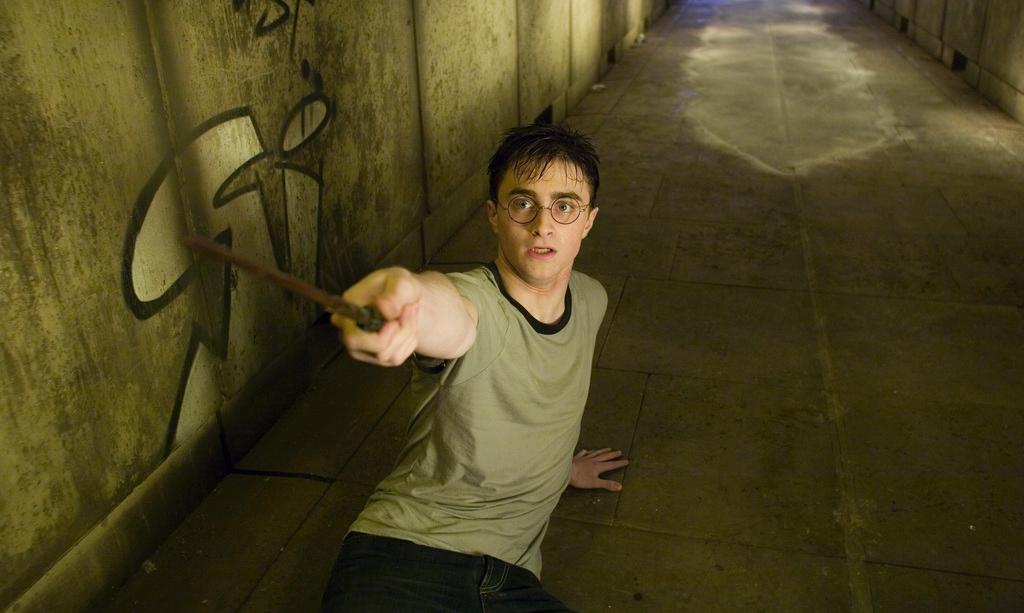
More
‘The ‘saviour child’ is a really popular motif’
“In Heidi the main themes are solidarity and attachment, as well as a closeness to nature, animals, mountain life and home – not forgetting simplicity, joie de vivre and a desire for freedom. There’s also the fact that the story has a clear plot, distinctive characters and a happy ending.”
For a detailed examination of these characteristics familiar to the “Heimatfilms” of the 1950s and 1960s – and whether it’s a coincidence that two nostalgic children’s classics, Heidi and Schellen-Ursli, have been released at the same time – read this interview with a professor of youth literature.
Challenges
When it comes to film-making, however, the beautiful Swiss countryside can also have downsides.
“We had bad luck with the weather,” Gsponer said. “We shot in summer [2014] and it snowed a few times up there! The kids had to run around barefoot and they froze. In post-production we had to frequently use colour correction to remove blue lips!”
And then there were the animals. “Goats are herd animals that want to climb the mountain in the morning to get their food and then come back down in the evening. But we obviously wanted to spend whole days either up or down the mountain. We were trying to shoot scenes with goats being driven up the mountain, but if we were filming at three in the afternoon, the goats didn’t want to go up. We had to really force them!”

More
Classic Swiss novel lights up the silver screen
Spirituality of nature
For screenwriter Petra Volpe, the biggest challenge was “staying true to the material and not being seduced into making it more flashy and action-packed. It can’t compete with Pixar!”
“When I read the novels, I was deeply moved. I hadn’t read them as a child. I grew up with the German television series [from 1978] and the Japanese manga, and I found something in the novels that I hadn’t seen in other Heidi adaptations,” she told swissinfo.ch.
“Johanna Spyri writes in an extremely precise way about poverty in Switzerland, about the harshness of life and also how hard life was for little children and orphans. They were basically just shoved around – no one wanted to take care of them.”
Another challenge was on the one hand remaining faithful to the source material and on the other making the film interesting for modern audiences.
“A very important element in Johanna Spyri’s novels is religiosity: in the second novel Heidi talks about God all the time and converts everybody – the doctor finds God, Klara’s father finds God, everybody,” Volpe said.
“I couldn’t relate to that at all because I’m an atheist, but there’s also a spirituality in Johanna Spyri that goes beyond the Christian religion. It’s her and her characters’ very deep connection with nature – there’s something divine in nature that goes beyond words. So I wanted to focus more on that: nature becomes a spiritual place for Heidi where she finds where she belongs and where she can be herself.”
For a secular generation
One noticeable difference between this film and the books (and the 1952 film) is that it doesn’t end with Grandfather attending a church service and thus being welcomed back into village life. Volpe denied that religion had in effect been removed from the film in order not to damage sales to non-Christian countries.
“Not at all. It was my personal vision that I proposed to the producers. Also important for me in Heidi’s story is that she learns to read and write, not read and pray, like in the books. I thought if she learns to write, she can write stories and become a writer. She has a future, a cool future for a girl at that time.”
Volpe’s previous film, TraumlandExternal link (Dreamland), which she wrote and directed, was about a prostitute in Zurich. She agrees that, in a strange way, that film has similarities with Heidi.
“The prostitute in the film is also a Heidi – everybody uses her, like Heidi. Everybody wants to have a little bit of that girl because she’s so pure and wonderful and tolerant and she just accepts everybody. So maybe it’s also the story of girls, of young women – everybody wants a piece of them and they rarely have any power over that. But luckily for Heidi she has a future.”

In compliance with the JTI standards
More: SWI swissinfo.ch certified by the Journalism Trust Initiative








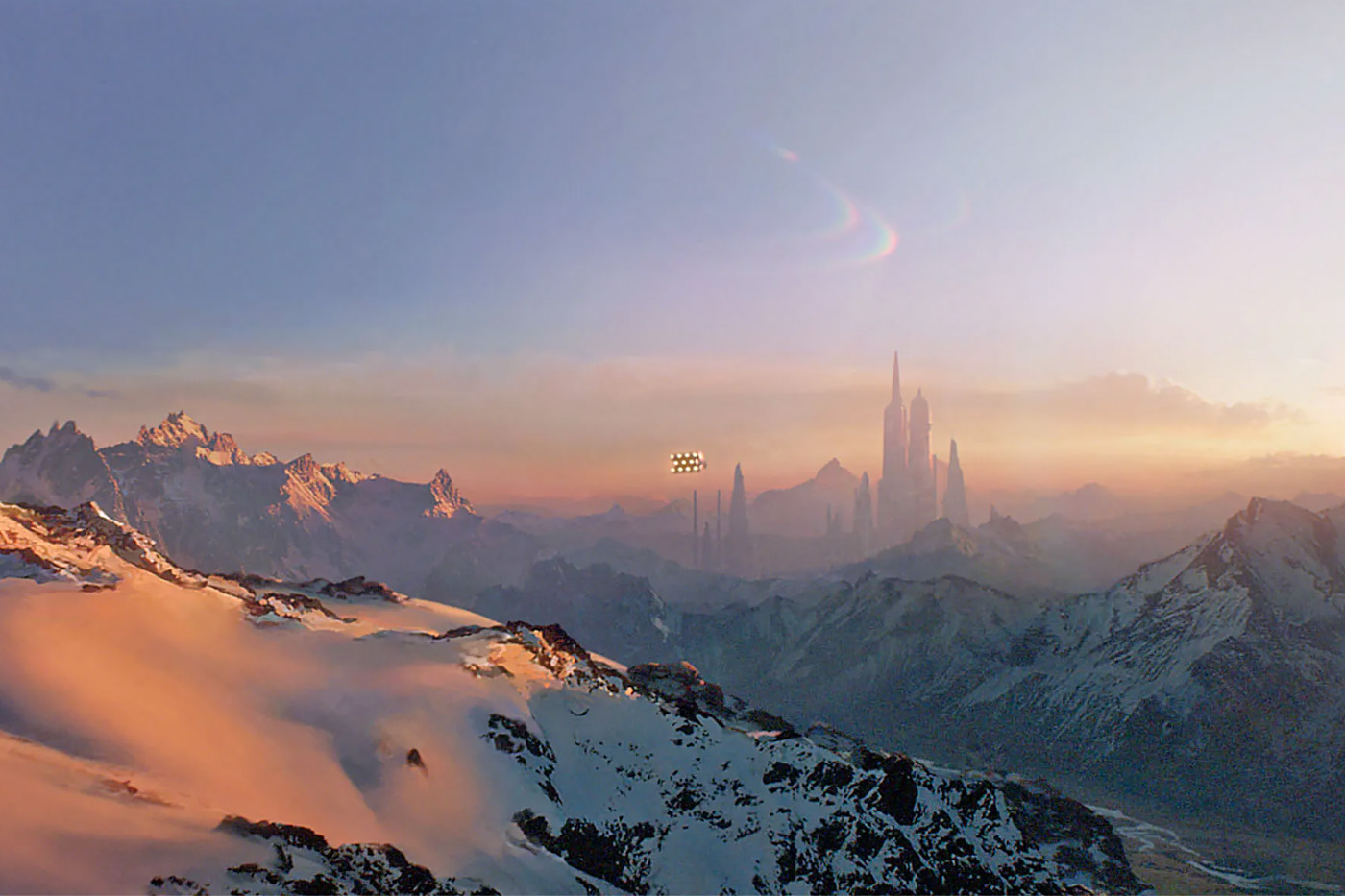

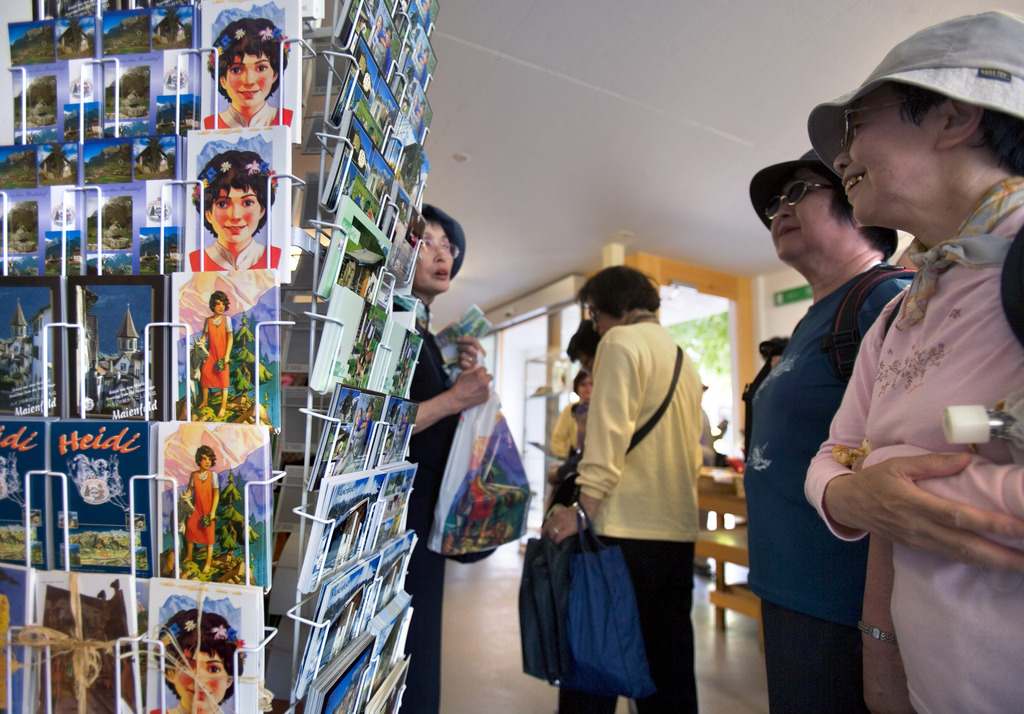
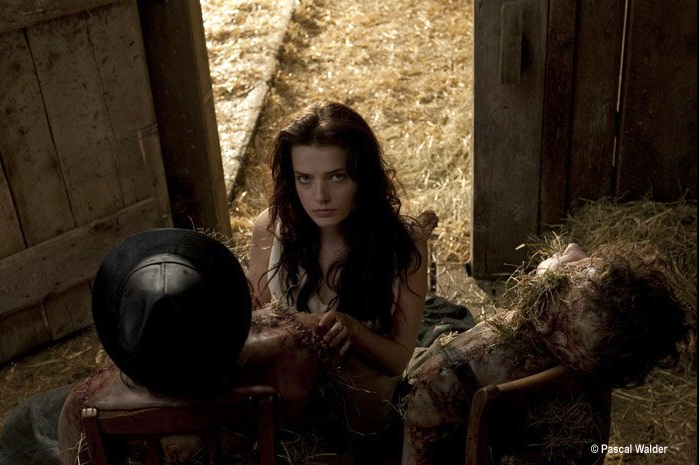
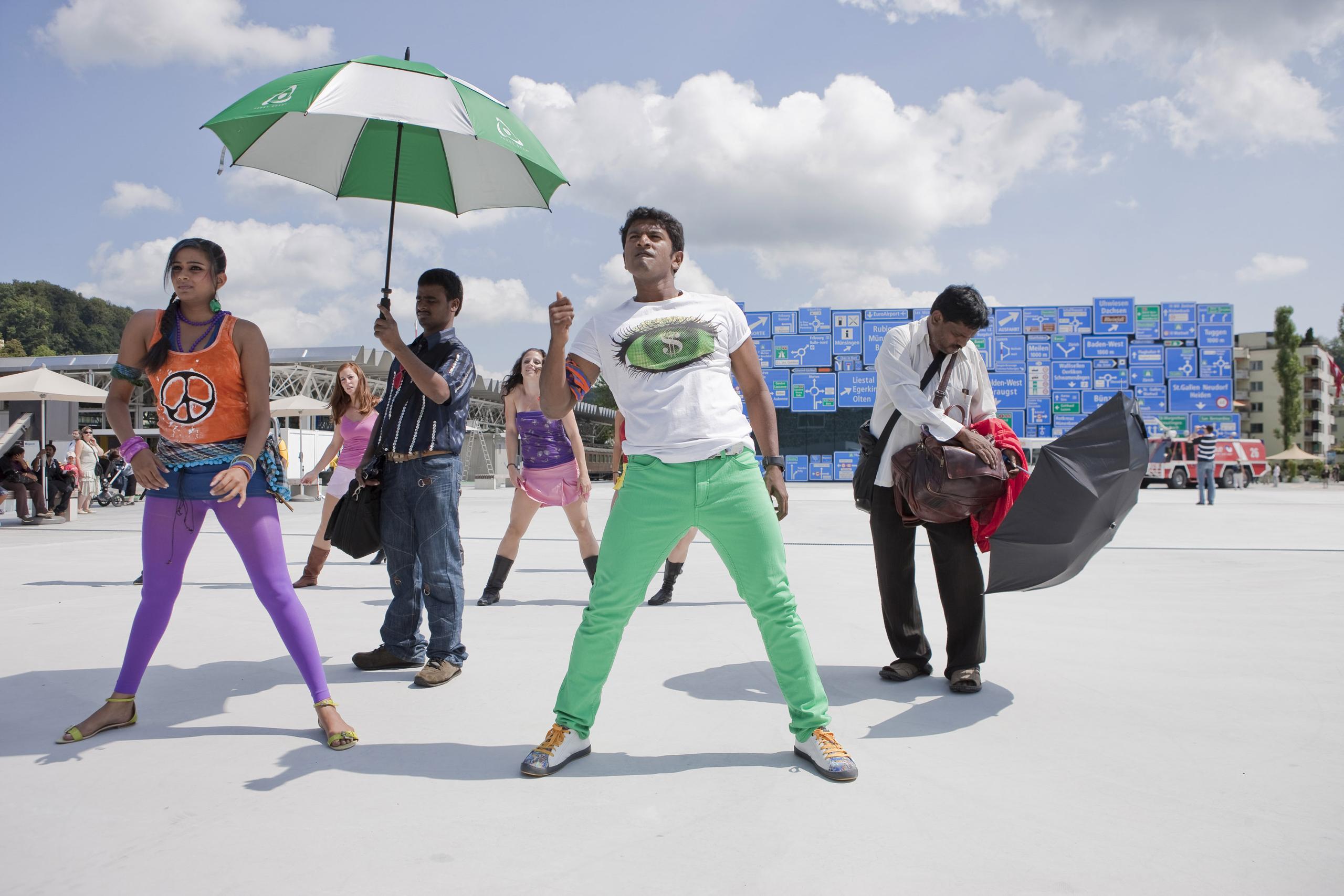
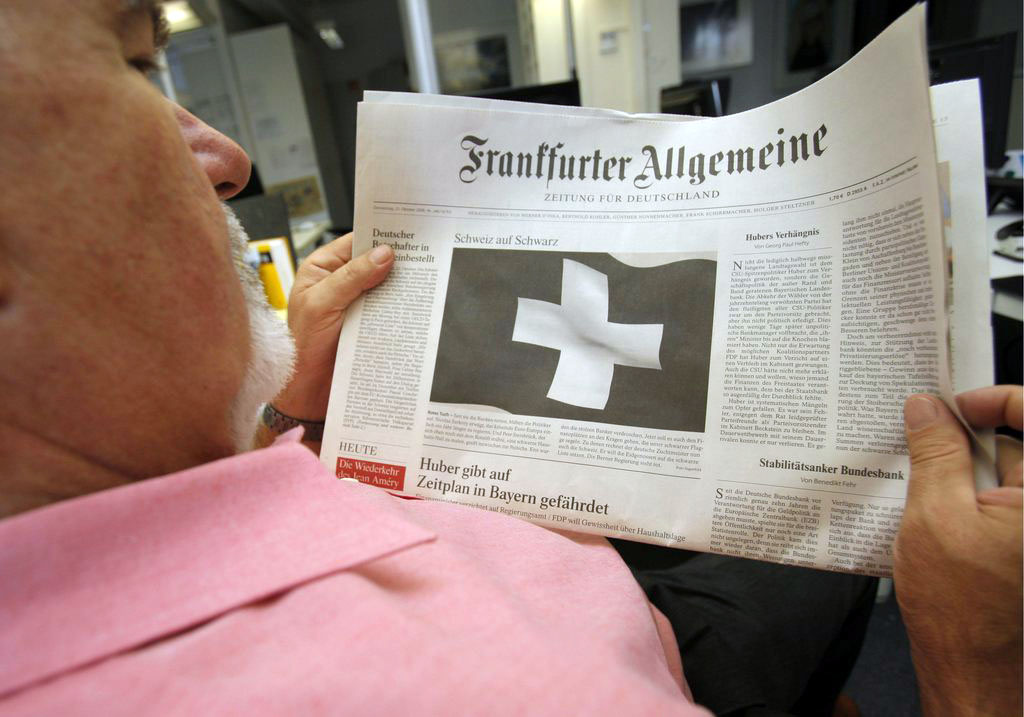

You can find an overview of ongoing debates with our journalists here . Please join us!
If you want to start a conversation about a topic raised in this article or want to report factual errors, email us at english@swissinfo.ch.